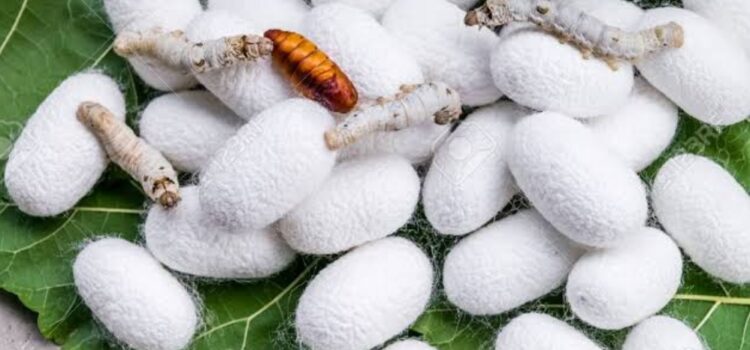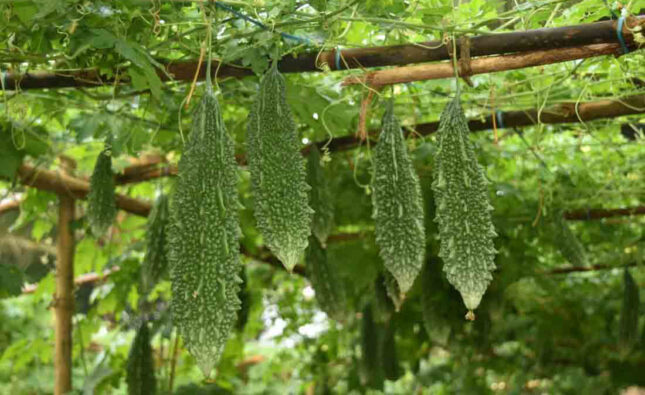How to Start Sericulture Business and Get High Earning, Complete Knowledge
Sericulture is the practice of rearing silkworms for the production of silk. It involves the cultivation of mulberry trees, the primary food source for silkworms, and the subsequent rearing of silkworms to obtain silk cocoons. The cocoons are then processed to extract silk fibers, which are used to create various silk products such as fabric, garments, and textiles.
to engage in sericulture in India, here are the steps involved in setting up and managing a sericulture farm:
1. Land selection:
Choose a suitable piece of land for sericulture, preferably with good soil fertility and access to water sources. The land should have enough space for mulberry cultivation and silkworm rearing.
2. Mulberry cultivation:
Start by cultivating mulberry trees, which are the primary food source for silkworms. Mulberry varieties like S-146, S-1635, and V-1 are commonly grown in India. Prepare the land by plowing and leveling, and then plant mulberry saplings in rows or beds. Maintain the mulberry plants by providing proper irrigation, fertilization, and pest control.
3. Silkworm rearing:
Once the mulberry plants are established, you can start rearing silkworms. Obtain silkworm eggs or larvae from a reliable source. Provide suitable rearing conditions, including temperature and humidity control, proper ventilation, and cleanliness. Feed the silkworms with fresh mulberry leaves, ensuring a continuous supply of leaves as per their growth stage. Monitor the silkworms’ health, protect them from diseases and pests, and ensure a conducive environment for cocoon formation.
4. Cocoon harvesting:
After about 25-30 days, the silkworms will spin cocoons. Harvest the cocoons carefully, ensuring minimum damage. Cocoons are usually harvested by gently boiling them in water to facilitate the extraction of silk threads.
5. Silk extraction:
Extract silk threads from the cocoons through a process called reeling. The cocoons are immersed in hot water to loosen the silk filaments. The silk filaments are then reeled onto a spindle to form a continuous thread. This process requires skill and can be done manually or using automated reeling machines.
6. Silk processing:
After reeling, the silk threads go through processes like twisting, dyeing, and weaving to create silk fabric. Silk processing techniques may vary depending on the intended end product, such as silk sarees, garments, or silk yarn for weaving.
7. Marketing and sales:
Identify potential markets for your silk products. You can sell directly to customers, through wholesalers, or participate in exhibitions and trade fairs. Establishing partnerships with textile manufacturers, exporters, or online platforms can help expand your reach.
It is important to note that sericulture practices and requirements may vary across different states in India. It is advisable to consult local agricultural departments or sericulture development agencies for specific guidelines, training programs, and financial assistance schemes available in your region.






